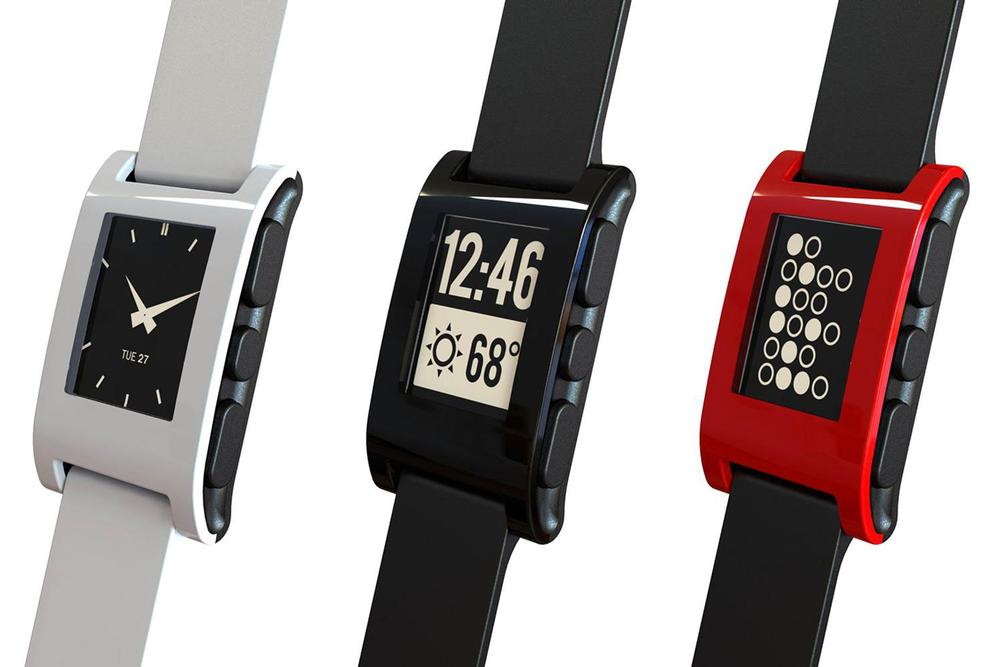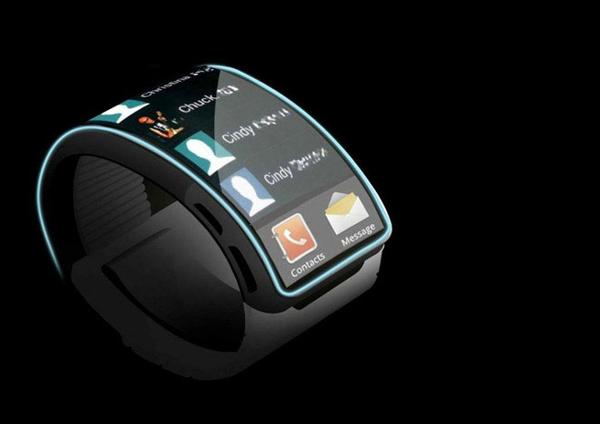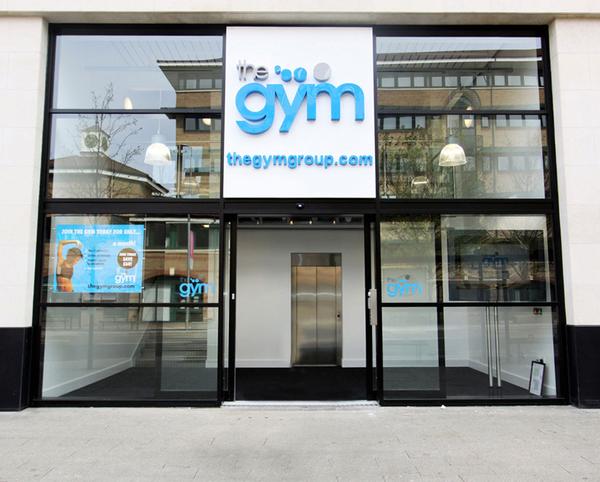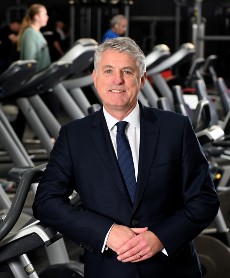features
Sector snapshot
Stats, analysis and predictions for the UK market, based on the latest State of the Fitness Industry Report
The fitness business is now a digital hi-tech business where tech form and tech function matter as much as the workout. In a few years’ time, the health and fitness tech ecosystem will have become very personal. The question is: how will the fitness industry respond?
Going hi-tech
‘Wearables’ is one of the fastest growing areas of fitness technology and we will look back on 2013 as the year wearable tech moved into the mainstream. How many of you and your customers have a Nike Fuelband? Nike changed the game nearly two years ago when it launched a bracelet that measured the wearer’s everyday activity. Enthusiasm was high and the first batch sold out in minutes to those keen early adopters.
The market for wrist-worn activity trackers has become a lot more competitive since then. Fitbit’s new Force and the Jawbone UP are two of the biggest players in the category, alongside the so-called smart watches like Samsung Galaxy Gear and the tech-heads’ favourite, the Pebble Watch, which adds value by linking with apps like RunKeeper and can come pre-loaded with workout sessions, motivation and analysis. This revolutionary technology – with loads more on the way like Ki Fit and Shine – bring monitoring, testing, self-diagnosis and self-analysis to the individual.
Meanwhile, the rise of apps and gadgets that share health and fitness goals through social networks has meant that fitness clubs with closed apps have lost out to open platforms.
Using Speedo Fit, for example, I can find my nearest pool with times for lane swimming, go for a swim, record my activity, share my achievements – or even a personal best! – and pass on a challenge to fellow app users. Via the Facebook link I can tell my wider circle of friends. My community can see I’ve been active and that I’m taking care of my health. In turn, they become motivated, and the idea that health is wealth becomes a common language that will begin to transform lifestyles.
These trends are being advanced through consumer adoption and will soon pass into the hands of the many who are not currently members of a fitness facility.
Industry growth
But although many remain non-members for now, the good news is that 12.6 per cent of the UK population are now registered as members of a private health and fitness club or a publicly-owned facility, compared to 12.1 per cent the previous year.
This is the conclusion of the 16th annual State of the Fitness Industry Report, compiled and published by The Leisure Database Company. The report’s detailed snapshot of the industry gives some well-deserved good news and highlights some concerns about the future.
The UK has 6,019 fitness facilities, including 167 new sites opened in the 12 months to March 2013. This was more than previous yearly openings, up from 163 in 2012, 149 in 2011 and 122 in 2010.
This year it was the low-cost clubs that drove the expansion, which in turn grew the membership and swelled the value of the overall UK fitness sector to £3.92bn. But low-cost sites could not have achieved this growth without some very clever technology. A traditional sales team, for example, could not sign people up on Christmas Day or take over 2,000 new members in one day at a single club. The low-cost operators’ hi-tech systems can and do just this, which will encourage the rest of the sector to remain customer-focused at all times.
The low-cost private sector now accounts for 6 per cent of the private market in terms of clubs, and 14 per cent of the private membership. However, this growth comes at a price, as the low-cost operators are having an impact on both average monthly fees and yield per member across the industry. It’s also worth noting that some places, like the City of Nottingham, have seen low-cost closures where the local demographics could not support yet another late entrant into the budget market.
Public sector strength
2013 will also be known as the year that sleeping giant, the public sector market, was first truly quantified since CCT (Compulsory Competitive Tendering) was introduced, with numbers being made available not only for direct debit members but also pay as you go users.
Trusts and public sector sites have led the way in publishing, for the first time, the number of visitors to their sites, many of whom are not fitness members at present; the upsell opportunities are enormous.
GLL manages 110 sport and fitness sites and received 38 million visits in 2012. If this figure grows at the anticipated 2 per cent each year, it will reach 40 million by 2015. Fusion Lifestyle received over 11 million visits, while I estimate that the YMCA, one of the largest voluntary sector providers, had over 24 million visits across its 88 sites. SLM had 20 million visits in 2012, while DC Leisure had more than 24 million actual customer transactions. And that just covers a few of the bigger operators.
Last year, the public sector as a whole had almost 3.2 million direct debit fitness members, with an unspecified number of casual and pay as you go visits. Although all public sites have a history of providing pay as you go opportunities, it’s the disruptive nature of hi-tech start-ups like payasUgym.com, which will have around 2,000 sites by the end of 2013, that’s expanding the traditional concept to a wider audience.
If the current trends continue, the public fitness sector may one day be larger than the private sector. In the public sector category I now include, for example, Nuffield with 65 consumer fitness and wellbeing centres and 200 corporate sites, owned by Nuffield Health, one of the oldest social enterprises. Meanwhile DC Leisure, with over 80 sites, is now owned by Places for People, a housing association whose aim is to create and transform neighbourhoods into vibrant places.
The good and the bad
One ongoing piece of bad news is that no-one can quantify how often and for how long the UK’s almost 8 million gym members work out. Such data is vital to our future success. Weight Watchers is a case in point: NICE’s 2006 guidance on obesity noted that it was the only commercial slimming programme with good quality data underpinning its effectiveness; it now receives around £4m from the NHS to help overweight patients.
On a more positive note, in the private sector, the October 2013 issue of Health Club Management investigated the growth of microgyms – a niche market driven by consumers who crave a better, higher quality experience and who are prepared to pay for it. This adds considerable value to the overall industry and, although we cannot yet quantify the size of this sector in terms of usage, a new app – possibly booking-enabled – will inevitably come along that can do so.
My personal microgym favourites are HeartCore and Boom Cycle, located just a millisecond from the Google Campus, which is full of start-ups creating yet more disruption for the industry.
For further information
The annual State of the Fitness Industry Report is published by independent analyst for the industry The Leisure Database Company, which compiles the report from a comprehensive review and audit involving individual contact with all sites.
Email [email protected]
Twitter @davidmintonTLDC









































































